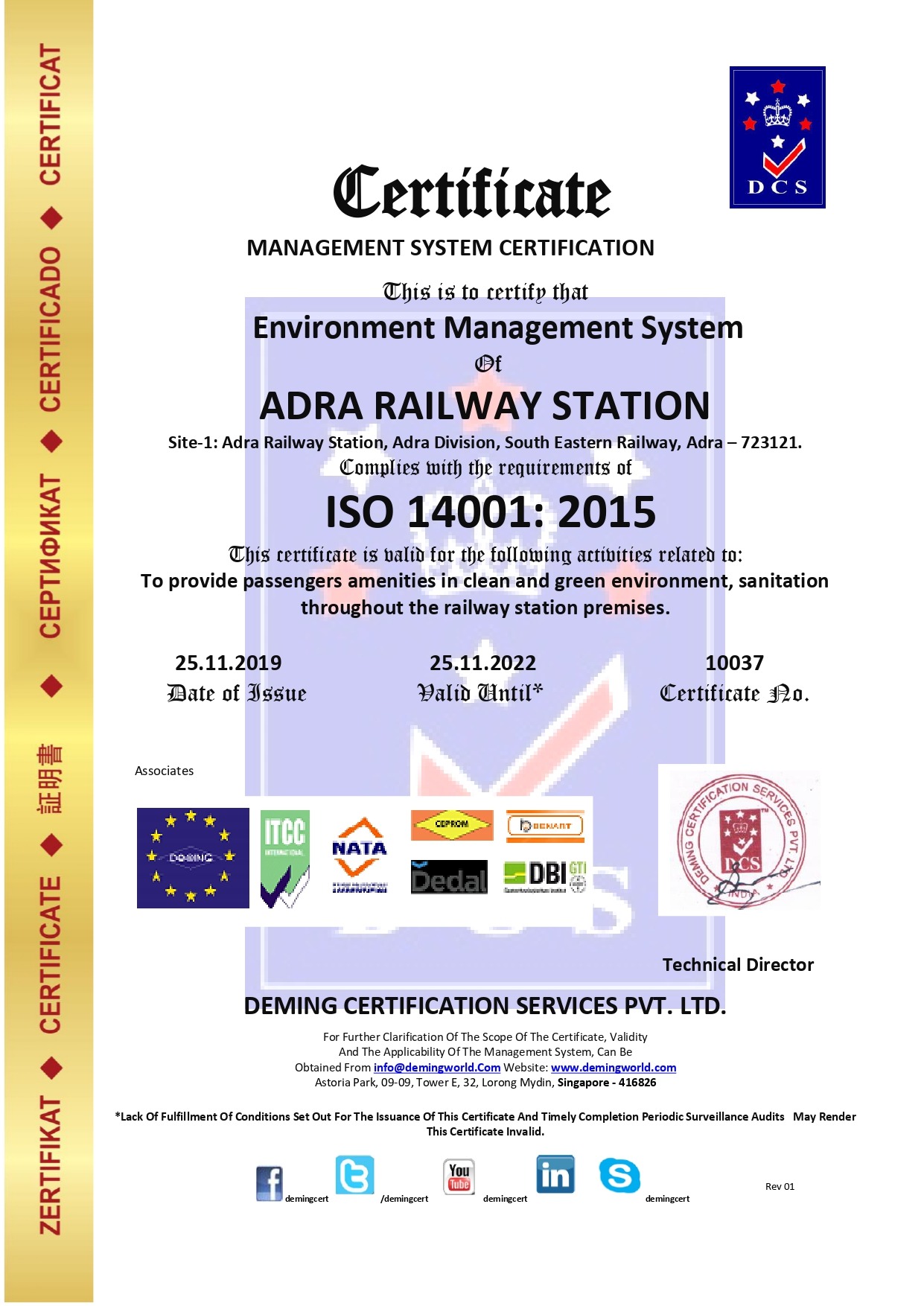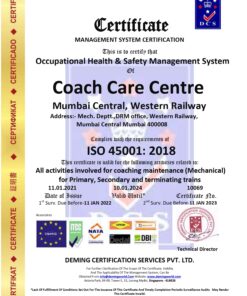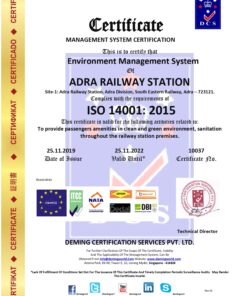Sale!
ISO 14001:2015 Environmental Management System
Original price was: ₹15,000.00.₹9,990.00Current price is: ₹9,990.00.
ISO 14001:2015 is an internationally recognized standard that provides a framework for organizations to establish an Environmental Management System (EMS). The purpose of this standard is to help organizations manage and improve their environmental performance through efficient use of resources, reduction of waste, and mitigation of environmental impacts.
Here are some key elements and requirements of ISO 14001:2015 Environmental Management System:
1. **Context of the Organization**: Understand the internal and external factors that can affect the organization’s environmental performance, including relevant legal and regulatory requirements.
2. **Leadership**: Top management must demonstrate leadership and commitment to the EMS by establishing an environmental policy, assigning roles and responsibilities, and ensuring that resources are available.
3. **Planning**: Establish environmental objectives and targets that are consistent with the organization’s environmental policy. Develop plans to achieve these objectives and address risks and opportunities related to environmental aspects.
4. **Support**: Provide necessary resources, training, and awareness programs to employees to ensure they can contribute to the EMS effectively. Communication both internally and externally is also essential.
5. **Operation**: Implement operational controls and procedures to manage environmental aspects and prevent pollution. This includes monitoring and measuring activities, emergency preparedness, and response procedures.
6. **Performance Evaluation**: Monitor and measure the organization’s environmental performance against its objectives and targets. Conduct internal audits and management reviews to ensure the EMS is effective and continuously improving.
7. **Improvement**: Continually improve the EMS by taking corrective actions to address non-conformities and opportunities for improvement. This includes updating environmental objectives and targets as necessary.
Organizations that implement ISO 14001:2015 EMS can benefit in several ways:
– **Compliance**: Helps organizations comply with environmental laws, regulations, and other requirements.
– **Cost Savings**: Efficient use of resources can lead to cost savings through reduced waste and improved operational efficiencies.
– **Reputation**: Enhances the organization’s reputation as an environmentally responsible entity, which can be attractive to customers, stakeholders, and investors.
– **Risk Management**: Identifies and mitigates environmental risks, reducing the potential for environmental incidents and associated liabilities.
In summary, ISO 14001:2015 provides a systematic approach to environmental management, helping organizations minimize their environmental footprint while achieving operational excellence and sustainability.










Reviews
There are no reviews yet.